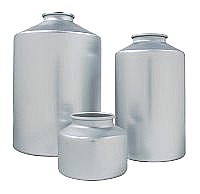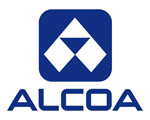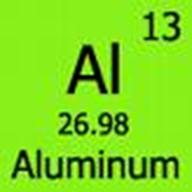
Anodized Aluminum Bottle
One of great advantages of our wide mouth aluminum bottles is the fact that they can be anodized.
Anodizing is described in anodizing.org as “an electrochemical process that converts the metal surface into a decorative, durable, corrosion-resistant, anodic oxide finish.” You can find anodized aluminum products everywhere including in aircraft parts, architectural materials, and many consumer products such as MP3 players, flashlights, cookware, cameras, sporting goods, etc.
Some interesting facts about anodized aluminum from anodized.org:
- “Used in one of the world’s tallest buildings — the Sears Tower in Chicago, Illinois.
- Provides attractive, minimum-maintenance, highly durable exteriors, roofs, curtain walls, ceilings, floors, escalators, lobbies and staircases in skyscrapers and commercial buildings throughout the world.
- Revolutionized the construction of computer hardware, exhibit displays for trade shows, scientific instruments, and a constantly expanding array of home appliances, consumer products, and building materials.
- Considered environmentally safe, producing few, if any, harmful effects on land, air, or water.”
For our own industrial aluminum bottle customers, anodization makes the surface smoother and allows for easier pouring of powders. It also enhances resistance to certain more acidic powders which makes it ideal for Active Pharmaceutical Ingredients (API) applications. Unlike other metals that deteriorate when oxidized (think rust on iron) , aluminum experiences a “positive oxidation” that occurs naturally. The anodization process accelerates the phenomenon resulting in a layer of aluminum oxide that is actually protective, not destructive.
That’s because anodization is achieved using simple electrolytic processes we learned in high school experiments. The aluminum is placed in an acid electrolyte bath and an electric current is passed through the medium. Oxygen ions are released from the electrolyte and combine with the aluminum atoms. So anodizing is basically highly controlled oxidation, without the negative effects.






 Did you know that . . .
Did you know that . . .